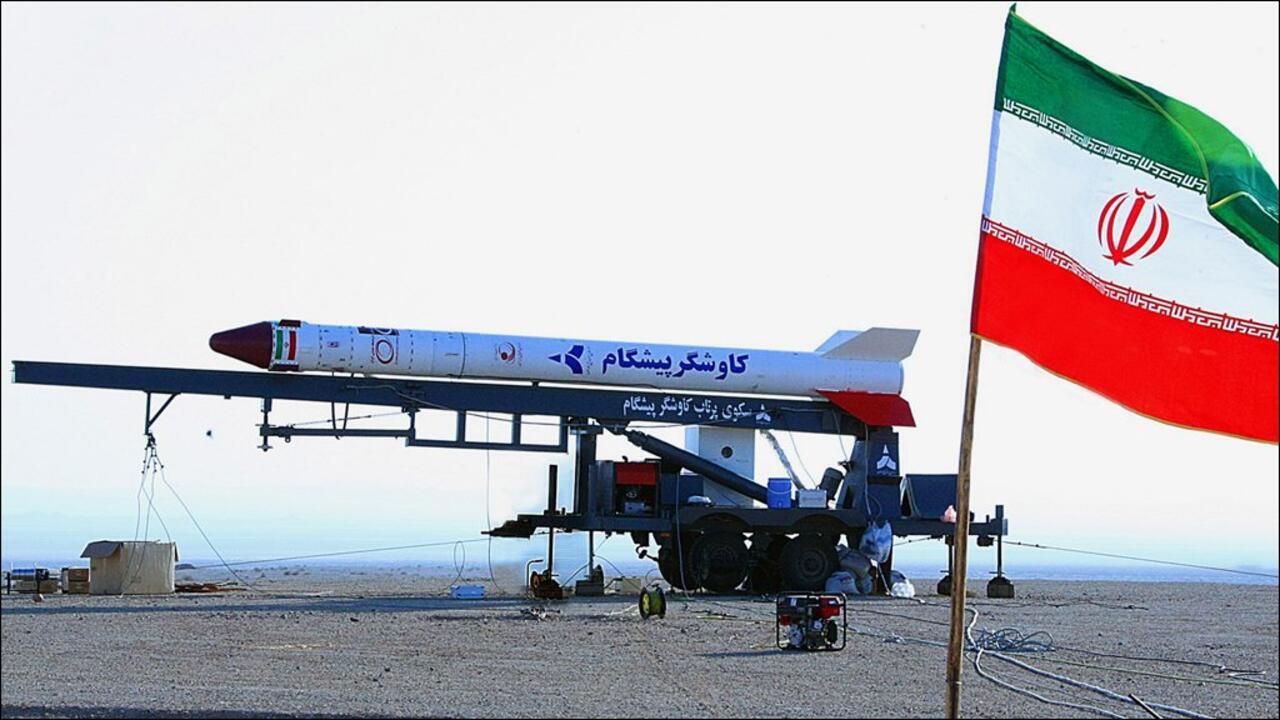By Mehdi Honardideh, expert at the Center for Geostrategic Studies
The Armed Forces of the Islamic Republic of Iran, in a courageous and honorable action, responded to U.S. aggression against Iran’s nuclear facilities through Operation „Besharat-e-Fath“ (Good News of Victory) by launching several missiles at the U.S. military base Al-Udeid in Qatar. The Zionist regime never imagined that after its brazen attack on Iran, it would face such a fate. Now that the U.S. has come to Netanyahu’s aid to save him and the illegitimate Zionist regime from this strategic failure, special attention must be paid to the clear message of Operation Besharat-e-Fath: The message for Trump is that if hostility continues, the bitter life and misery inflicted upon the Zionists will also befall the tens of thousands of American troops in West Asia.
💢 A Blow to Hegemony
🔹 Iran’s missile strike on the U.S. Al-Udeid base goes far beyond a conventional military confrontation. This action peeled back a layer of the complex geopolitical theater and raised fundamental questions about the balance of power and the future of the region. Analyzing this event requires moving beyond temporary emotions and examining its deeper layers.
🔸 Striking a U.S. base after World War II is unprecedented and bold, repeated only by Panama in Operation „Just Cause.“ It crosses a symbolic red line, something beyond the capacity of most nations.
🔹 In response to superficial analyses that downplay Iran’s action, a strategic perspective is required. The key question is not about „casualties,“ but rather: „Was a blow dealt to America’s unquestioned hegemony?“ An attack on land flying the U.S. flag is, by itself, a revolutionary message in the international system. It shattered the myth of American base „immunity“ and proved that the „invincible Batman“ of global politics is vulnerable. Striking a country that world leaders normally avoid confronting is a strike against hegemonic superiority. History will record the breaking of this taboo.
🔰 Iran’s Response Has a Strategic Multi-Dimensional Nature:
The missile strike is only one side of a broader strategic polygon.
Pressuring the critical Strait of Hormuz, influencing global energy markets, legal moves such as exiting the NPT, and a focused struggle against the Zionist regime—viewed as the U.S.’s rabid dog—are all parts of a cohesive strategy.
The real value of the strike lies in shifting psychological and political equations and proving Iran’s determination and capability.
🛑 Breaking U.S. Hegemony in the Region:
1️⃣ Crossing America’s Red Lines: Iran no longer stops at threats. It shows practical will, reshaping Washington’s old equations. This strike marks the beginning of the end of American unilateralism in the region.
2️⃣ Changing the Deterrence and Psychological Balance: Striking vital U.S. centers showed that security guarantees for U.S. bases are a myth, altering Arab and Zionist calculations. Any future threat against Iran will now face a practical response.
3️⃣ Redefining Iranian Diplomacy and Power: Iran now advances diplomacy and field power simultaneously, significantly increasing its negotiation leverage. Tehran is no longer a passive player and clearly enforces its red lines.
4️⃣ Regional and Global Implications for the U.S.: American credibility and deterrence have weakened, and allies now perceive new vulnerabilities. The cost of U.S. presence in the region has risen.
5️⃣ Signs of an Era of Active Deterrence: Iran’s active deterrence has become a reality. No hostile action will go unanswered. The balance of power and the rules of the game have changed. Iran is now a decisive player.
🔻 Strategic Summary:
The attack on Al-Udeid base in Qatar shifted Trump from a position of war initiator to that of a conflict mediator. This scene is a spectacle from the viewpoint of global military strategists and political analysts.
Thinking that the strike on Al-Udeid caused a ceasefire is incorrect. The main U.S. base is the occupied Palestinian territories. It was the massive firepower of the Iranian military targeting Haifa, Tel Aviv, and other areas that forced a ceasefire—or more precisely, a surrender to strategic failure.
Ceasefire is merely a military and diplomatic tactic to continue the war. The conflict between the U.S. and the Zionist regime against our nation is far from over.
As stated in the National Security Council’s statement:
“The armed forces, with zero trust in the enemy, will remain trigger-ready.”
Source: Center for Geostrategic Studies

